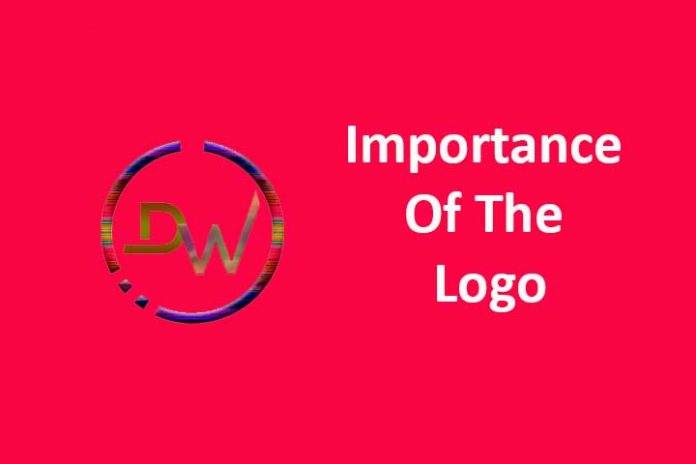When it comes to brands, its definition is still very difficult. What is certain is that its definition has changed a lot compared to the pure concept of “brand” a few years ago. The brand is an impression, made up of many factors that are basically divided into two groups: tangible and intangible elements. Intangible factors are for example the promises of a brand, the expectations, experiences, and the perception that the brand gives of itself… its personality. The tangible factors are marketing, packaging, sales, and visual identity.
Nowadays the market is almost saturated with information and a brand must therefore think about adopting a new and different strategy to hit the consumer. Investing in branding today is not only necessary but becomes a must for the survival of your company. Transmitting corporate values, one’s personality allows you to differentiate yourself in the public and be recognized by the consumer.
Today the brand today is not only linked to the product but also reflects the values of the consumer, an idea, a sense of belonging. Just think of the Apple case. This is the most striking. How many sides have been created around the symbol of the ” Bitten Apple “?
The brand today becomes a cognitive expression of the human being by connecting companies and products to an internal, private, personal aspect, moving away from the purely commercial conception of not many years ago.
In this article, I want to talk to you about one of the fundamental elements of corporate identity and the transmission of its values: the Logo. Below is an introduction to the logo in detail:
The Elements of the Logo
- Concept: The concept behind the project. The concept, the values that your brand must express to the public.
- Colors: Color is a determining factor for your brand. Choosing the right color can indissolubly determine its perception in the market and its success and failure in the medium term.
- Naming: Must strike, last over time, evoke the values of the brand, and try to generate emotions.
- Pay-off: Important for brand positioning. It is the slogan, the writing. If done well, it must strike, remain in people’s heads.
- The Font: May seem unimportant and interesting but consistency makes the brand more recognizable.
- Symbol: Represents the brand. It must describe the concepts of the brand, be recognizable.
Characteristics of a “well done” logo
A well-made logo cannot ignore some fundamental characteristics such as (in this case let’s take for example a very recognizable logo – that of Apple):
- The simplicity, better not put too many colors, too bright colors, easily readable font or interpretable;
- Be easy to remember: an original design or one with a strong emotional impact will be easier and more immediate to memorize;
- The readability: better to keep one dimension minimum of at least 20 mm;
- Attention to proportions (logos that are too large and flattened risk disappearing when they are combined with others in sponsorships);
- Being conceived immediately in vector so that it can be flexibly resized without losing resolution ( find out if yours is a vector logo ).
- He should always “look” to the right (because he unconsciously recalls the concepts of positivity and the future);
- If placed vertically it should “rise” upwards (positivity, growth).
Also Read: 8 Tips To Lead Your Business To Success

